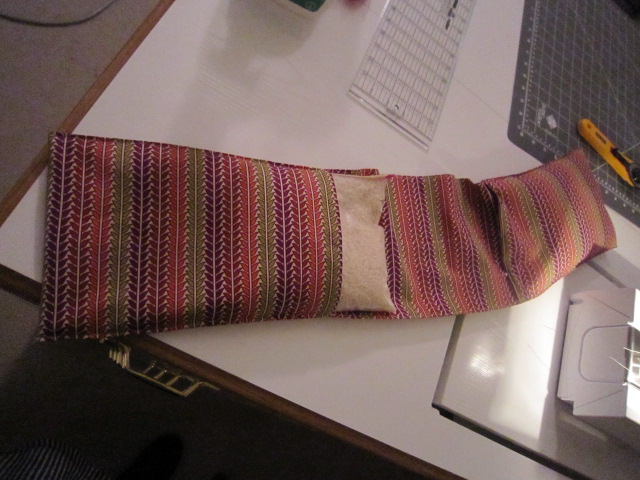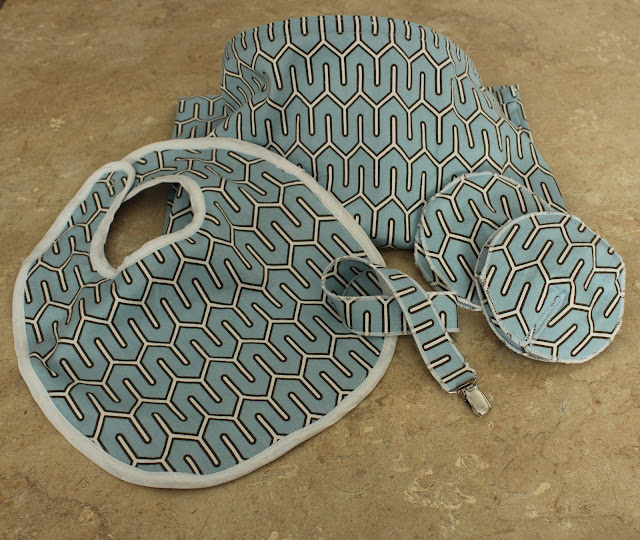A couple of weeks ago I found a pin on pinterest that caught my eye. It was for a maxi dress tutorial and used a tank top and knit fabric to create a cute and comfortable dress. One night in bed I had this picture of a yellow and white dress pop into my head with a ruffle on the bottom...does anyone else dream up their projects as they try to fall asleep? That seems to be my most creative time! And here is how it turned out...
Want to make one? I highly recommend it. It comes together quickly, it is inexpensive, and the one day I have worn it so far I was flooded with compliments...can't beat that!
What you will need:
A tank top
Knit Fabric that is wide enough to wrap around your body one and a half times and long enough to create a maxi dress and enough left over for a ruffle and sash.
Elastic Thread (a must for this project)
Scissors
Sewing Machine
For my knit fabric I used a bedsheet that I bought at a thrift store a couple weeks ago. It was $6 for the sheet and was a wonderfully soft jersey knit and happened to be in this lovely mustard color. I first trimmed off the elastic casing and rounded corners. Then using a straight edge and rotary cutter I created a rectangle from the fabric wide enough to wrap around my body one and a half times and plenty long enough. I used an old tank top that was too short to be worn anymore.
I created the main dress using the tutorial referenced above. Her use of elastic thread is brilliant and helps create ease when taking the dress on and off. Once the dress was completed I decided to add the ruffle from my dreams (ha ha). I cut three 2 inch wide strips that were each the width of the dress.
Sew the three strips right sides together on the short ends to create one long strip of fabric. Next sew a long stitch (my longest stitch length is 4) all the way down the center of the strip. There is no need to finish the edges as it is knit and won't fray. Next, pull the thread using the bobbin thread tail and watch your fabric ruffle easily.
I then hung my dress on my dressform and began pinning the ruffle onto the bottom hem of my dress.
I then stitched the ruffle on to the dress and called it good! On a side note, a real seamstress would probably attach all three pieces of the ruffle together to create a circle prior to attaching it to the dress. But since I only pretend to be a real seamstress I was lazy and skipped this step. Instead, when the two ends met as I stitched the ruffle to the dress, I tucked each end of the ruffle under by about a half inch, overlapped the pieces and sewed. It still hides the seam and gets lost in all the ruffles.
The day this dress was finished was beautiful all around. My hubby watched these two cuties while I went to a BLOG meet up hosted by Ashley from this great blog
Make It and Love It
 |
Not sure if my toddler or husband picked this outfit...
but she is rocking it anyway |
And my hubby bottled his latest homebrew batch -Apricot Blonde- yum! Can't wait to sip one of those while wearing my new dress and soaking up the sun.
Shannon
















































